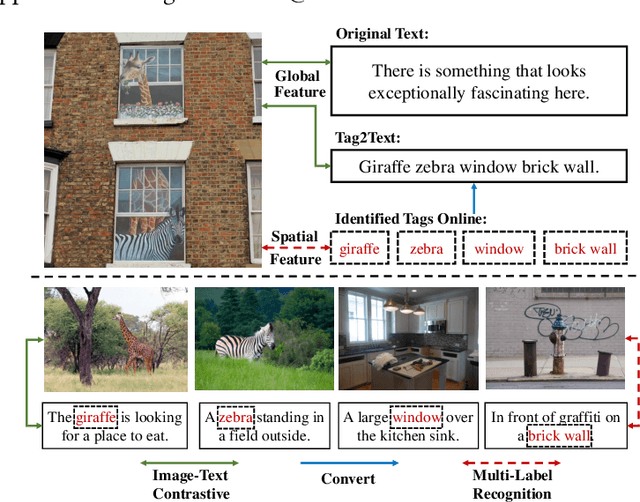Ruiwei Zhao
Cross-Fundus Transformer for Multi-modal Diabetic Retinopathy Grading with Cataract
Nov 01, 2024



Abstract:Diabetic retinopathy (DR) is a leading cause of blindness worldwide and a common complication of diabetes. As two different imaging tools for DR grading, color fundus photography (CFP) and infrared fundus photography (IFP) are highly-correlated and complementary in clinical applications. To the best of our knowledge, this is the first study that explores a novel multi-modal deep learning framework to fuse the information from CFP and IFP towards more accurate DR grading. Specifically, we construct a dual-stream architecture Cross-Fundus Transformer (CFT) to fuse the ViT-based features of two fundus image modalities. In particular, a meticulously engineered Cross-Fundus Attention (CFA) module is introduced to capture the correspondence between CFP and IFP images. Moreover, we adopt both the single-modality and multi-modality supervisions to maximize the overall performance for DR grading. Extensive experiments on a clinical dataset consisting of 1,713 pairs of multi-modal fundus images demonstrate the superiority of our proposed method. Our code will be released for public access.
IDEA: Increasing Text Diversity via Online Multi-Label Recognition for Vision-Language Pre-training
Jul 12, 2022



Abstract:Vision-Language Pre-training (VLP) with large-scale image-text pairs has demonstrated superior performance in various fields. However, the image-text pairs co-occurrent on the Internet typically lack explicit alignment information, which is suboptimal for VLP. Existing methods proposed to adopt an off-the-shelf object detector to utilize additional image tag information. However, the object detector is time-consuming and can only identify the pre-defined object categories, limiting the model capacity. Inspired by the observation that the texts incorporate incomplete fine-grained image information, we introduce IDEA, which stands for increasing text diversity via online multi-label recognition for VLP. IDEA shows that multi-label learning with image tags extracted from the texts can be jointly optimized during VLP. Moreover, IDEA can identify valuable image tags online to provide more explicit textual supervision. Comprehensive experiments demonstrate that IDEA can significantly boost the performance on multiple downstream datasets with a small extra computational cost.
 Add to Chrome
Add to Chrome Add to Firefox
Add to Firefox Add to Edge
Add to Edge